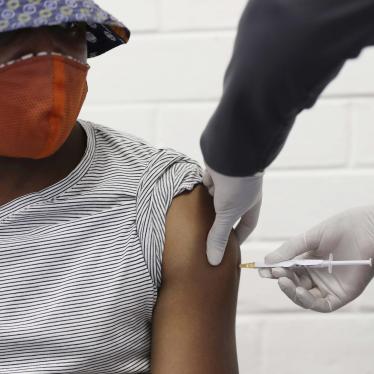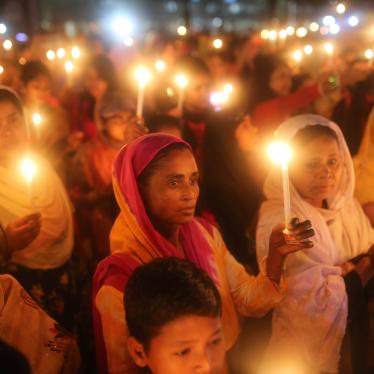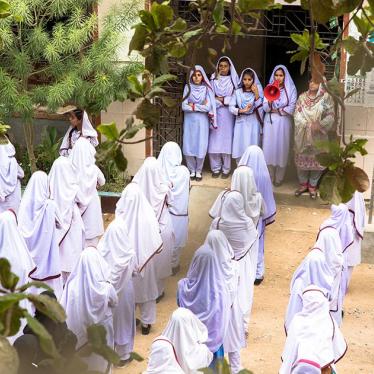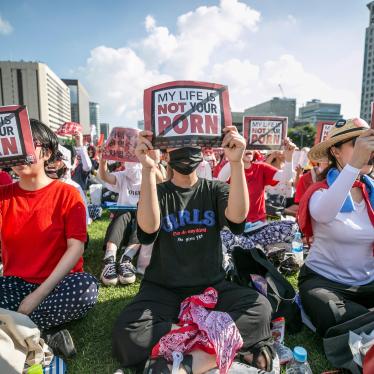It was clear immediately that the Covid-19 pandemic would hit women hardest. First came the school closures. One point four billion children were sent home from school, and many more from childcare facilities. Who was going to look after them? Who would nag them to attend their online class (if they had one), make them a snack, change their diaper, and be tapped on the shoulder a million times during that crucial conference call by a toddler saying, “Mommy play with me…”?
Women, mostly. We knew that. Globally, women already did almost 2.5 times as much unpaid care and domestic work as men. And it is not just looking after children. People ill with Covid-19 needed care. Older people and many people with medical conditions were at heightened risk and forced to shelter in place, needing help with food and care, and companionship as the mental health consequences of the pandemic set in. Women have been doing most of that, too.
Paid work became hard or impossible, driving many women out of the work force. They were usually being paid less than men, which often meant when there was a choice in a family between a man keeping his job and a woman keeping hers, the woman was the one leaving the workforce. Girls who were out of school were more at risk than boys of falling behind on their studies because they were often doing caregiving too—and were less likely to have internet access. Lesbians may face family rejection and loss of economic support.
It was not just caregiving. Women were already in less secure employment, often in the informal sector with no job security. Some were migrant workers who had travelled to richer countries, such as those in the Middle East, to find work and when the pandemic hit were stranded and vulnerable. Some were sex workers who faced particular challenges in social distancing.
Many could not afford to stay home. They were low wage workers with no financial safety net. They were single mothers. They had to keep working to survive. Some could not. Women who lost the ability to pay rent faced losing their homes, in countries from South Africa to the UK, and just maintaining access to water and utilities was a struggle for many, including in the United States. The United Nations predicts that the pandemic will push 47 million more women and girls into poverty, particularly in Central and South Asia and sub-Saharan Africa.
Or, they were in essential jobs—as health care workers, in food production, in paid caregiving, or in crucial manufacturing. Globally, 70 percent of health and social service providers are women, who are concentrated in lower-paid roles. They had to keep working—risking their own and their families’ health.
There were other consequences. With movement restrictions in place, women were often cut off from accessing sexual and reproductive health services. UNFPA, the United Nations Fund for Population Assistance, warned that the pandemic could leave 47 million women in low- and middle-income countries unable to use modern contraceptives, leading to a projected 7 million additional unintended pregnancies. This prediction is already coming true in some countries. Some governments—including those in Alaska and Italy—used the pandemic as an excuse to block abortion access. Pregnant people and people giving birth struggled to access care and faced increased risk of abuse. They also faced hard decisions as vaccines were rolled out due to clinical trials not testing the safety and efficacy of vaccines for people who are pregnant or breast feeding.
Being stuck at home, under movement restrictions, cut off from friends, family, and colleagues, with service providers struggling to continue their work, was a perfect storm for women at risk of violence in the home. Rates of reported domestic violence rose in countries around the world.
Girls also faced heightened risk of gender-based violence. When girls leave school, even temporarily, they are at increased risk of being forced into child marriage, often driven by financial stress. UNFPA estimated that the impact of the pandemic, including economic hardships in its wake, could lead to 13 million additional child marriages over the next 10 years. Girls who are out of school are also more likely to become pregnant. All these factors make it less likely they will make it back to school.
Harm has been unequally distributed. Women and girls already living in poverty, including many marginalized because of race—such as Black people in the US—ethnicity, religion, or caste have been among those least likely to have a safety net. Older women and those with disabilities faced particular risks. Migrants or refugees—such as the people in camps in Greece—and those already struggling to survive in areas affected by conflict like the ongoing fighting in Afghanistan, climate change, and ecological disaster have often been hurt most by the pandemic.
Pre-pandemic, the global women’s rights movement had never looked more dynamic and connected. The #MeToo movement energized activists around the world and helped drive adoption of a new international convention on workplace abuse. Demands for reproductive justice were growing louder in many corners of the world. Feminists were planning a big push to mark the 25th anniversary of the Beijing Declaration and Platform for Action, known as the Generation Equality Forum, which aims to secure bold new commitments from governments to move toward gender equity.
Now we stand in what sometimes feels like the rubble of decades of struggle to advance women’s rights.
But the work of advancing gender equity is the work of centuries, and this effort has never stopped. Women’s rights activists and groups are mobilizing through the pandemic, getting as much help as possible to those who need it, holding their governments accountable, and planning how we rebuild.
We are not starting from scratch. There is evidence that woman-led countries benefited from better leadership during the pandemic. In the past year, we have also seen Estonia become the first country with a female president and a female prime minister, and the US elect its first female vice president. We are making progress toward legal reforms that better protect and promote women’s rights, and more feminists of all genders are ready to advocate for change.
Our job now is to demand a post-pandemic world where we repair not just the unequal harm suffered during the pandemic, but also the deep inequities that led to that harm. The pandemic did not tell women anything they did not know already about how unequal they are in this world, but it galvanized their rage, and left them with less to lose. The pandemic has been radicalizing for women, and societies around the world will be forced to change as a result.









